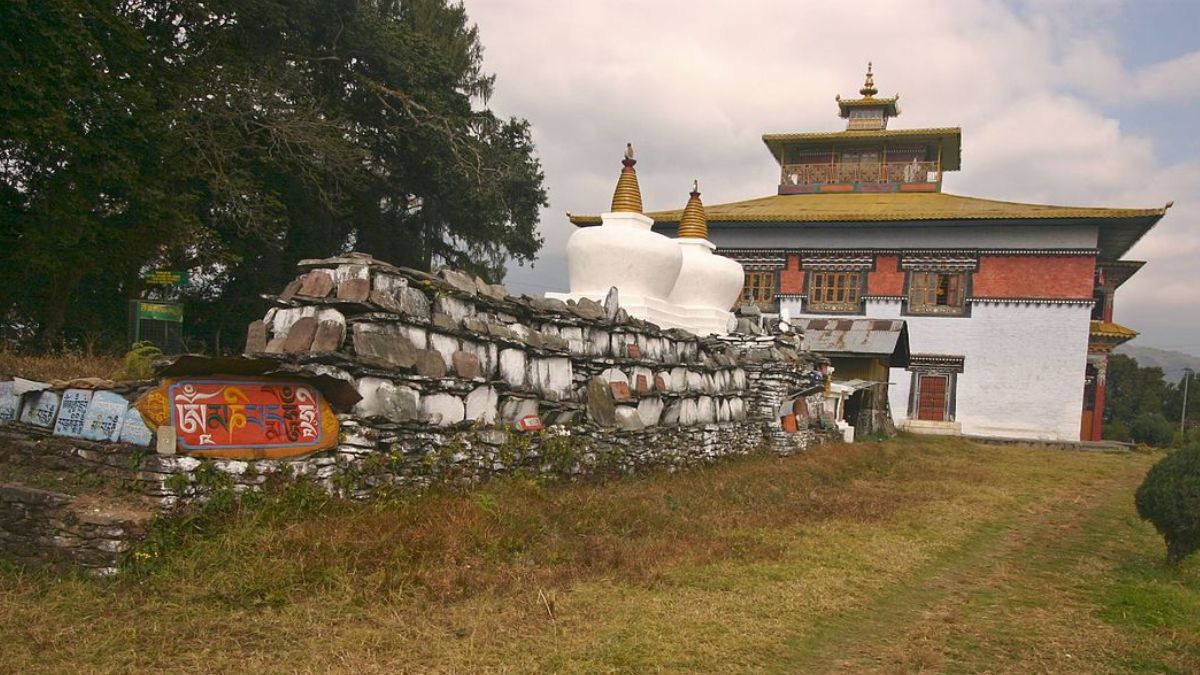Sikkim — a home to glaciers, beautiful wildflowers, and scenic alpine meadows — is one of India’s most serene places to visit. Every year, thousands of people plan their trips to see the natural wonders of Sikkim. But this charming place is also known for its rich culture and festivals. One of them is the Bhumchu festival, the celebration of the holy water vase. Let us know why and where people celebrate this festival.
Bhumchu Festival Of Sikkim
Tashiding Monastery will host the Bhumchu festival on the 7th of March. The word ‘Bhumchu’ means ‘sacred pot of water’ and this festival reveals the destiny of Sikkim. Now, what happens at this festival? The sacred pot is opened on the festival day and the Lama reveals their state’s destiny. The level of water signifies how the year will go. For example, if the pot overflows with water, then the year will experience many natural disasters and disturbances. In short, it will be a turbulent year.
If the pot’s water level is low, the state will face famine and drought. It signifies that there will be little to no water in the area. But if the water is filled to the brim, then the entire year will be peaceful and prosperous. They filled the sacred pot with water from the River Rathong Chu and sealed it after revealing the state’s destiny. Now, this will open next year on the day of the festival.
Significance Of Tashiding Monastery
This festival is celebrated at the Tashiding Monastery, which is believed to be one of the holiest monasteries in Sikkim. Also, it is the centre of the four sacred caves which are Dechenphug, Sharchog Bephug, Lhari Nyingphug and Khandozangphu. Many pilgrims from Sikkim, Bhutan and Nepal come to visit this sacred ceremony and receive the holy water.
Also Read: This Cosy Hilltop Resort In Sikkim Offers An Offbeat Stay In The Heart Of The Alpine Forest
So, are you ready to see how this year will be for Sikkim?
Cover Image Courtesy: Wikimedia

